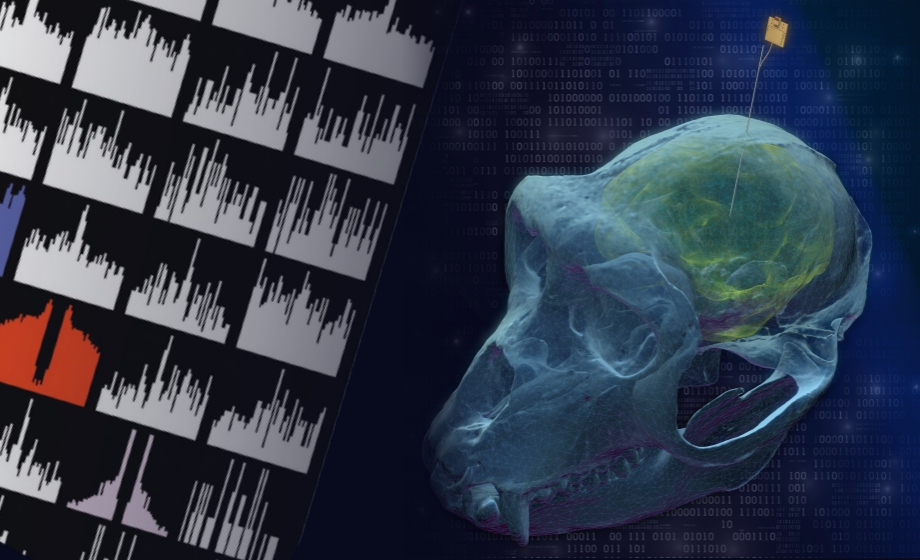Q&A Report: Using High-Density Electrophysiological Recordings to Investigate Neural Mechanisms in Small and Large Animals

These answers were provided by:
Michael Long, PhD
Professor
Neuroscience Institute
NYU Grossman School of Medicine
Is the reduced weight-to-channel ratio an advantage with chronic recording in mice and songbirds?
Of course. Zebra finches are small (12-15g), and maintaining their comfort is critical not only ethically but practically. Stated simply, only happy birds sing – and we are interested in how the brain produces song. Therefore, we will bend over backwards to make sure that our birds remain stress-free, and a lightweight recording device that can be comfortably carried is central to this effort.
How do you handle noise in recording resulting from animal movement?
We often shield electrodes and their associated microdrive with a thin copper sheath that protects the recording environment from both line noise as well as electrical artifacts stemming from animal movement (e.g., static electricity from feathers).
Have you been able to use these new probes in zebra finches? You indicated that these probes can be used in any animal, and it seems that finches would have complications that another type of mouse doesn't (like flight and skull thickness).
We routinely use DBC silicon probes in zebra finches (see recent publication from our lab: Elmaleh et al., Neuron, 2021).
Could you please describe implantation techniques for these probes? Are there any peculiarities?
See above paper for details related to implantation.
Have you checked the stability of neural recording? Have you established whether you recorded the same neurons over time?
Stability of silicon probes can be impressive, lasting several days as assayed by 24-h recordings.
What is your opinion on rigid probes? Do you notice any brain damage due to rigidness of the probe?
Probes are thin with minimal cross-sectional area. Thus, damage to neural tissue is minimal.